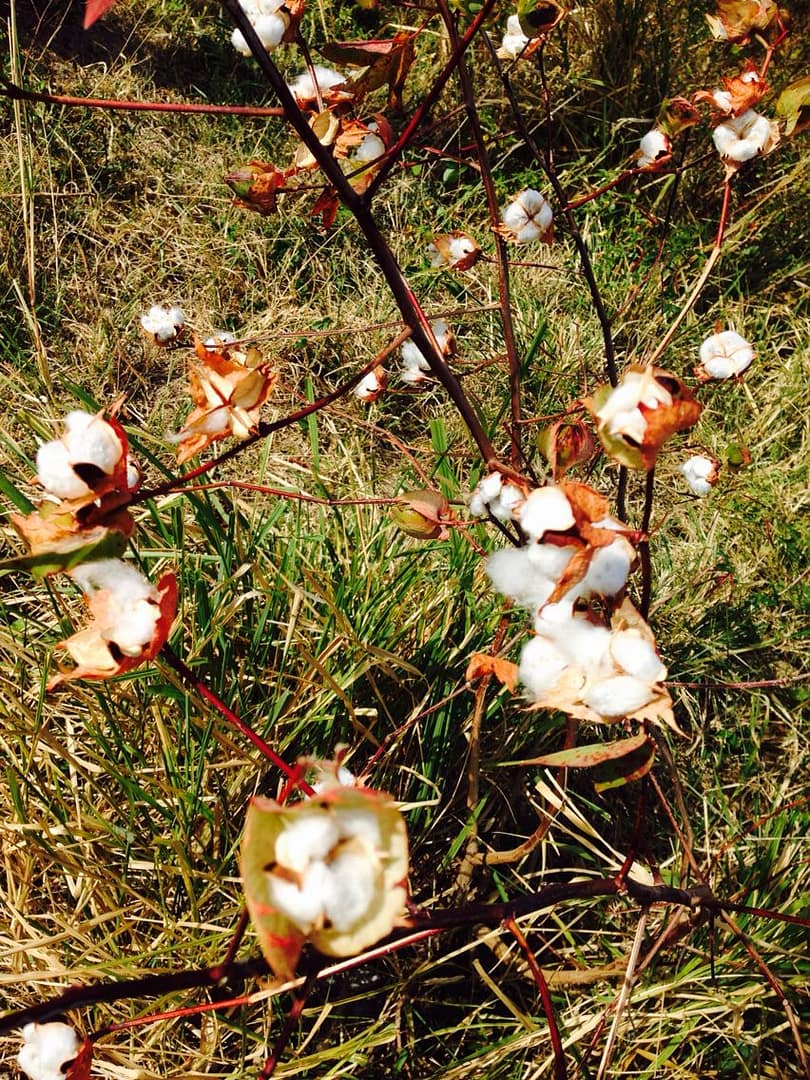
Head of the Cotton Division, Mrs. Maudvere Bradford said that the Cotton Division has and will continue to play an important role in the agriculture sector in Antigua and Barbuda.
She made the point following a recent visit to various departments, by the new Minister of Agriculture, Fisheries and Barbuda Affairs, Hon. Samantha Marshall and a team from the Ministry of Works.
One of the stops made by Minister Marshall was at the Cotton Division’s Office which also houses the Plant Protection Unit, located on Friars Hill road.
The minister and team held brief discussions with Bradford and the other department heads on possible actions that are urgently needed to improve the infrastructure of the Departments. Of all the offices visited, the Cotton Division Building seems to require the most urgent attention, as the building is termite-ridden and lacks some of the amenities needed for a more comfortable working environment.
Due to the recurring termite infestation, Mrs. Bradford noted that the structure has deteriorated over the years and that they also have to cut the work day short, due to the lack of running water and proper air conditioning units.
Ms. Bradford is hopeful that with the interest being shown by the new minister in providing a better working environment, she believes that once that occurs, it will help to bolster productivity in the agriculture sector and the morale of staff.
“With the visit by the minister and the permanent secretary of public works, I hope these matters will be addressed so we can have our work force working to capacity to improve our efficiency and effectiveness for the agriculture sector of Antigua and Barbuda,” stated Mrs. Bradford.
In reflecting on a brief background of the Cotton Division, the cotton division head said that it
comprised the Central Cotton Station and the Dunbar’s Experimental Station and in 1945, the
experimental station was the center for the breeding and multiplication of Montserratian Cotton.
Mrs. Bradford explained that the cotton was grown for the conservation of the seeds to be marketed to the Eastern Caribbean countries that are also cotton producers.
However, there has been a decline over the years as the commodity (cotton) has not been in such high demand.
The head of the Cotton Division said that currently, the Cotton Division has been maintaining variety by way of conservation and it also has a plot of land which is dedicated to the growing of cotton.
In shedding more light on the agricultural attributes of the area, Mrs. Bradford explained that in 1969, a soil test was done which concluded that the land possessed three agro-ecological zone soil types, which means that any crop can be grown there, including the Antigua Black Pineapple.
Mrs. Bradford noted that at the Cotton Division, they carry out many tasks, some of which
require them to pool resources with other agricultural organizations.
“We conduct investigative studies on all crops, vegetables, root crops, we also do some
conservation work for crops such as corn, and we maintain the local corn seed which we work in collaboration with the Caribbean Agricultural Research and Development Institute (CARDI). “
Ms. Bradford stated that she hopes that with the interest shown by the new minister in
providing a better working environment she believes that once that occurs, it will improve productivity in the agriculture sector and the morale of staff.
“With the visit by the minister and the permanent secretary of public works, I hope these
matters will be addressed so we can have our work force working to capacity to improve our efficiency and effectiveness for the agricultural sector of Antigua and Barbuda,” stated Mrs. Bradford.
Advertise with the mоѕt vіѕіtеd nеwѕ ѕіtе іn Antigua!
We offer fully customizable and flexible digital marketing packages.
Contact us at [email protected]

















A cotton “Division” wow ok. We are still going to perpetuate the “cotton pickin negro” thing in 2020?
I was amazed when I drove through Arizona, in America and observed, to some extent, how much cotton that one State, which if several Caribbean Nations would team up, they can become the size, of Arizona; with better soil etc.
The problem with Cotton, and the HEMP(female and male) Industry is the support from the International markets. This means, our “means and methods” for better productivity, from soil preparation to harvesting, and even transformation to things such as fabrics, food, lumber, medicine has to be, and I repeat, has to be on a better Collaborative Footing in Our Caricom Region, to support better foundations for building better business models, that will thrive and last in a Universal economy.
Comments are closed.